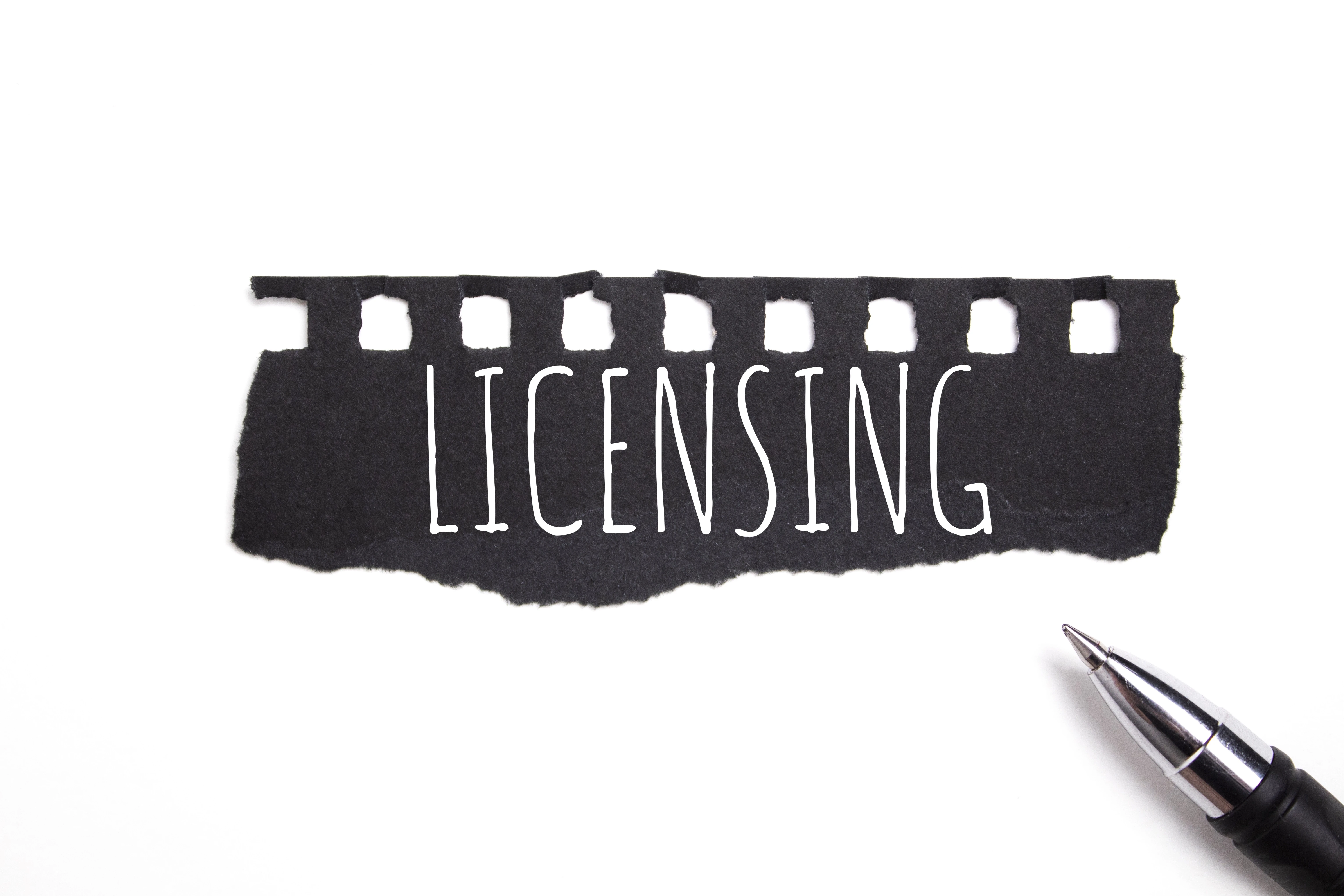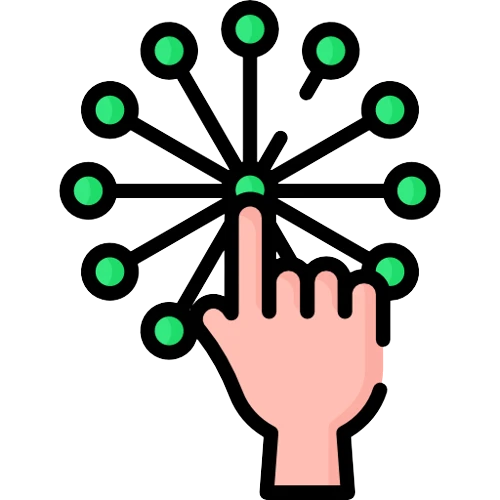Topics:
Defining UX Design
Creating a design process
Choosing tools for rich and lean UX processes
Building a UX/UI toolbox
Crafting Personas and Scenarios
Recognizing the user
Exploring the reality of the user
Assessing what the audience values
Deriving the critical details that drive the UX design
Prioritizing your personas
Writing scenarios
Characteristics of a useful scenario
Assessing the user's mental model
Identifying the user's gratification point
Establishing context
Stepping back to look at the complete experience
Creating a scenario from the task and the context
Recognizing the nature of the mobile UX
Architecting UI structure
Categorizing to develop labeling systems
Drafting the conceptual design
Testing your architecture
Enriching your information artifacts
Specifying the navigation map
Integrating search and browse
Creating a Static Design
Leveraging the modeling process
Creating the conceptual model
Generating options for the initial design
Distinguishing between low-fidelity and high-fidelity mock-ups
Dealing with complex tasks
Constructing complex interactions
Guiding users with feedback and feedforward
Making complex information accessible
Leveraging location cuing in the UI design
Applying the three-step error handling pattern
Shaping the Interactive Experience
Integrating UX design patterns
Applying the three perspectives: interactive, emotional, environmental
Selecting UX design patterns based on user expectations and interaction vocabulary
Guiding users with feedback and feedforward
Assembling a low-fidelity model
The role of sketches, wireframes and storyboards
Implementing the sketch
Building wireframes with key components of the interface
Documenting decisions to deliver stakeholder value
Designing for Mobile Devices
Addressing the mobile context
Integrating the features of the mobile experience into a genuinely mobile design
Fashioning tasks in the mobile context
Developing a mobile design
Adjusting for the impact of ubiquity and pervasiveness
Taking advantage of options in mobilizing applications
Generating a Dynamic Model
Prototyping your UI
Working with prototypes
Uniting usability, human factors, and stakeholder needs
Applying the three perspectives to generate the initial design
Writing interaction scripts to identify UX barriers
Developing a high-fidelity design
Composing the interactive experience
Implementing embedded and supplemental navigation
Refining the Design through Testing
Preparing for testing
The role of usability testing in refining the UX design
Preparing for usability tests based on goals
Performing usability tests
Conducting tests that provide concrete direction
Analyzing the results to revise the design





















